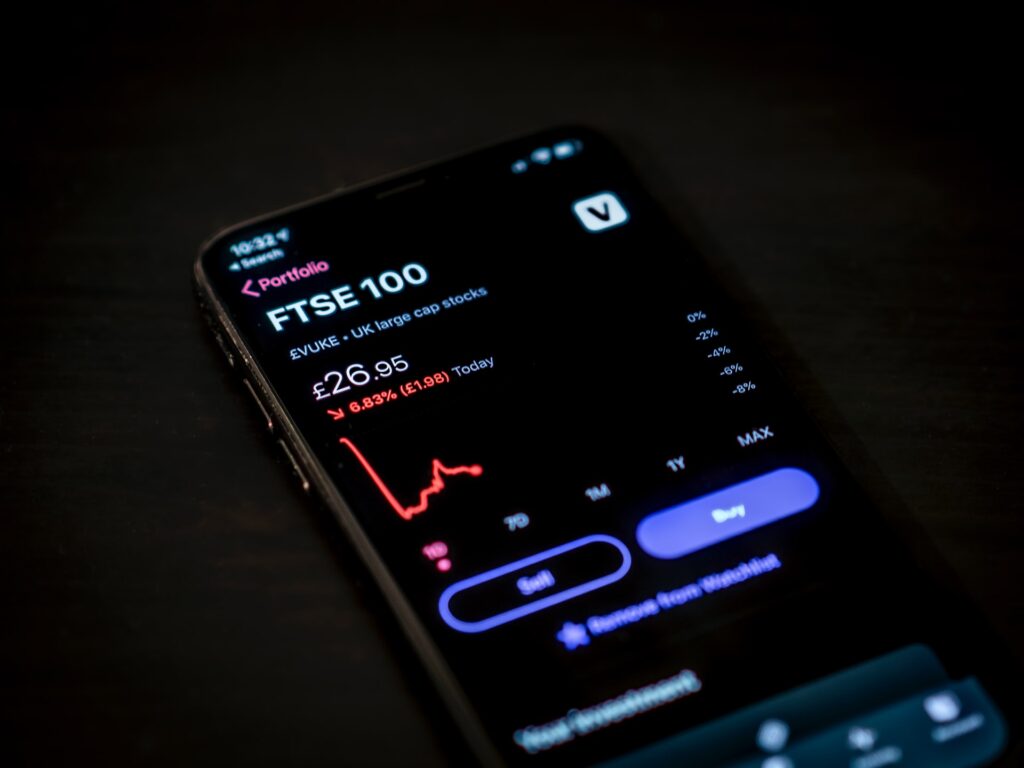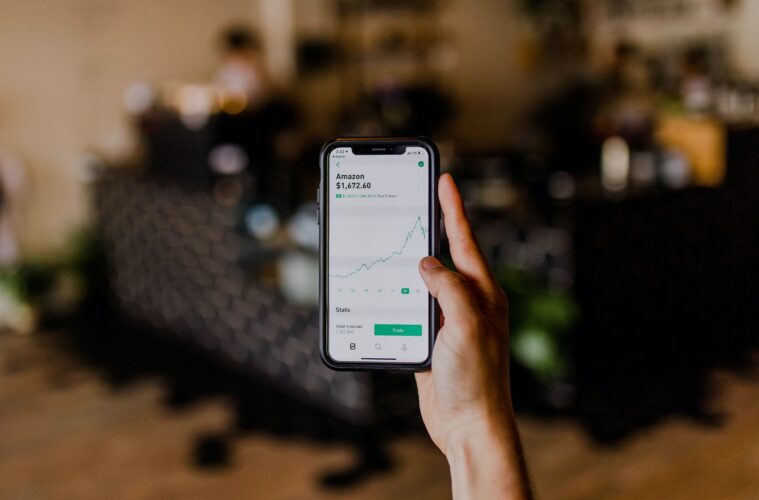Returns have the unique capability of compounding interest and boosting investment over a while. Choosing between physical gold and exchange-traded funds, or ETFs, went in favour of the latter for a while now.
However, a contender in the form of E-gold is fast becoming the talk of start-up and veteran investors alike.
Quick E-Gold and Gold ETF comparison
Starting an e-Gold Investment account or eGia is now easier than ever due to online investments kickstarted by banks. E-gold is an electronic way of buying gold and gives better returns than gold ETFs. In 2012 alone, it returned more than 16 percent compared to the 11 percent average return by gold ETFs. Back in 2011, e-gold and gold ETFs had returns of 32 percent and 31 percent, respectively.

According to experts, e-gold will always beat gold ETFs when it comes to returns since the latter’s net asset value, or NAV, is computed from deducting the fee of the asset management company as well as the plus storage and custodian charges, both vary from fund to fund. The trading cost of e-gold in the spot market is nominal.
In e-gold, you’ll find no recurring expenses such as management fees. This effectively reduces cost while increasing returns year-on-year. Accordingly, e-gold is more effective in the long term.
Choosing between E-Gold and Gold ETF
As stated above, E-Gold aka eGia is electronically held in a Demat form and is easily converted into physical gold. Investors big or small can buy gold in different quantities and sell it after to make a profit. You also have the option to take the physical form of the metal.
Another way to acquire gold investment is Gold ETFs, which are financial instruments that monitor the price of gold. Gold ETFs are held similarly as mutual fund units where each unit is equivalent to one-gram gold. Some funds also offer the option to invest in lower denominations of 0.5 gram.
Gold ETFs are bought and sold like mutual fund units via the Demat account through a depository. While some ETFs offer the option of taking physical delivery while others don’t, investors in e-gold can request delivery anytime they want.
Converting gold ETFs into physical gold is only allowed after it exceeds a certain size. This varies from 500gm to 1kg based upon the fund house.
In gold ETFs, investors track NAVs that change with gold prices. In e-gold, investors track the price of gold directly. Gold ETFs have an edge over e-gold here when it comes to taxation. For gold ETFs, a year is considered as the long term while it’s three years for e-gold. E-gold attracts wealth tax as well.
Since E-gold is considered like physical gold, it qualifies for long-term capital gains benefits when held for three years or more. Gold ETFs, on the other hand, qualify for long-term capital gains treatment if held for just one year. Gold ETFs are considered financial assets and so are exempt from wealth tax.
End Note E-Gold and Gold ETFs, which do you prefer? Before choosing, take time to read more articles, user reviews, and especially vendors who offer eGia. There are online portals where you can readily invest in E-Gold – complete with all features a new investor needs when just startin

